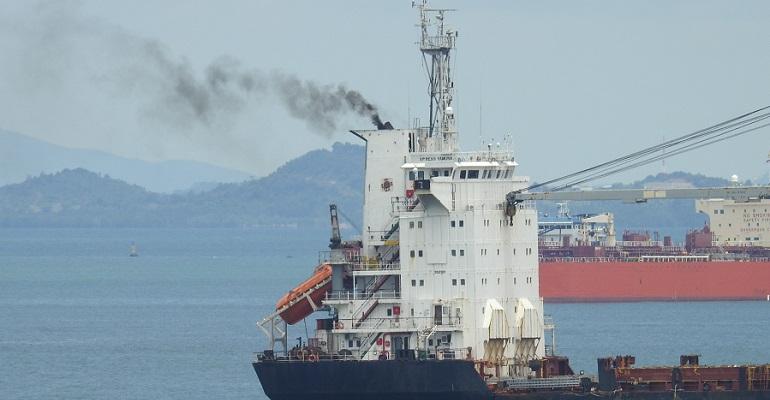The EU ETS first emissions trading system requiring owners, operators and charterers to pay for their ships’ emissions.
At a Lloyd’s Register webinar on 7 February, classification society experts ran through the complex regulations and the steps required by owners and operators to achieve compliance. They revealed how Europe’s emissions regime – comprising the EU Emissions Trading System (ETS) and FuelEU – make up the maritime component of Europe’s ‘Fit for 55’ initiative through which the continent aims to slash greenhouse gas emissions by 55% by 2030.
The EU ETS already applies to cargo and passenger ships of 5,000 gt and above, and the first EU Allowances will have to be surrendered in September 2025. For offshore vessels and general cargo ships between 400 gt and 5,000 gt, and for offshore ships of 5,000 gt and above, the regulations will apply from 2025 with the first Allowances required in September 2026.
A review is 2026 will consider whether emissions should be considered on a well-to-wake basis, rather than the current tank-to-wake formula.
Owners of vessels affected by the EU ETS will have to buy EU Allowances equivalent to all of their greenhouse gas emissions while trading within the European Economic Area (EU plus Norway and Iceland) and half of their emissions on voyages to and from the region. The party responsible for managing the system at company level is the organisation or entity that has responsibility for operation of the vessel and related obligations under the ISM Code. This could be an owner, manager, bareboat charterer, or a contractually delegated entity.
At the end of January, the European Commission published its first list of Administering Authorities (AA) in connection with the EU ETS. This is the party to which the obligatory emissions monitoring plan must be submitted. Companies registered within an EU member state are not shown on the list because they are automatically allocated to that member state.
For shipping companies registered elsewhere that have not already done so, there is only a short time in which to set up monitoring plans. These will track carbon dioxide emissions, and must have been confirmed by a suitable verifier so that the plan will be available for sign-off by April 1st this year.
The AA list, which will be updated every two years, also identifies where shipowners will have to request a Maritime Operators Holding Account (MOHA). The MOHA must be requested within 40 days of a shipping company being included on the published list – in other words by the second week of March. It is required so that owners and operators can register annual emissions in March each year, from 2025, and surrender sufficient Allowances every September, also from 2025, to cover their ships’ emissions.
Initially, sufficient Allowances will have to be surrendered, through the European Energy Exchange, to match 40% of ships’ tank-to-wake carbon dioxide emissions. However, in 2027, this will not only rise to 100% but will also include emissions of methane and nitrous oxides. Failure to surrender enough Allowances will result in penalties and an EU Allowance debt.
Copyright © 2024. All rights reserved. Seatrade, a trading name of Informa Markets (UK) Limited.
Add Seatrade Maritime News to your Google News feed.  |

